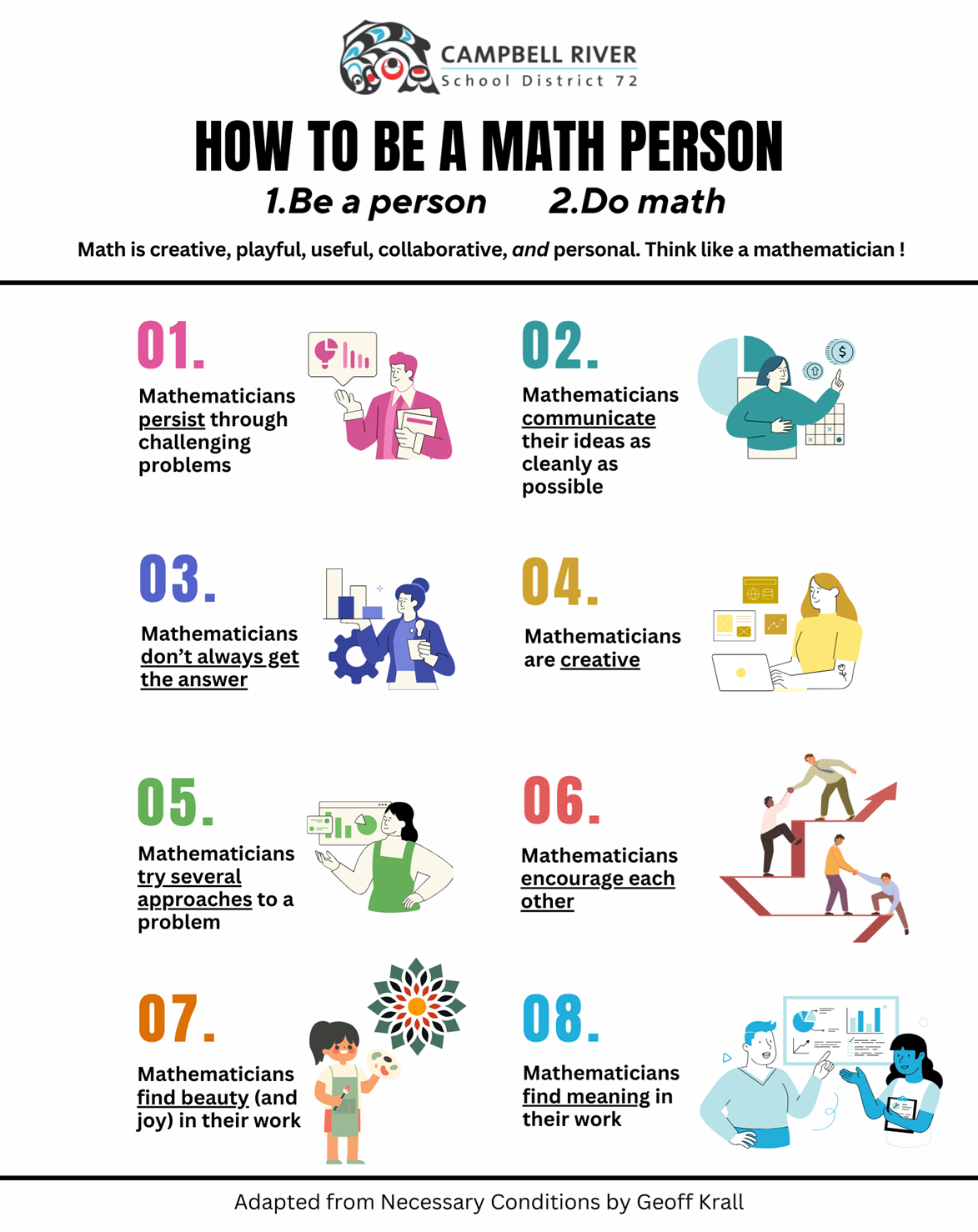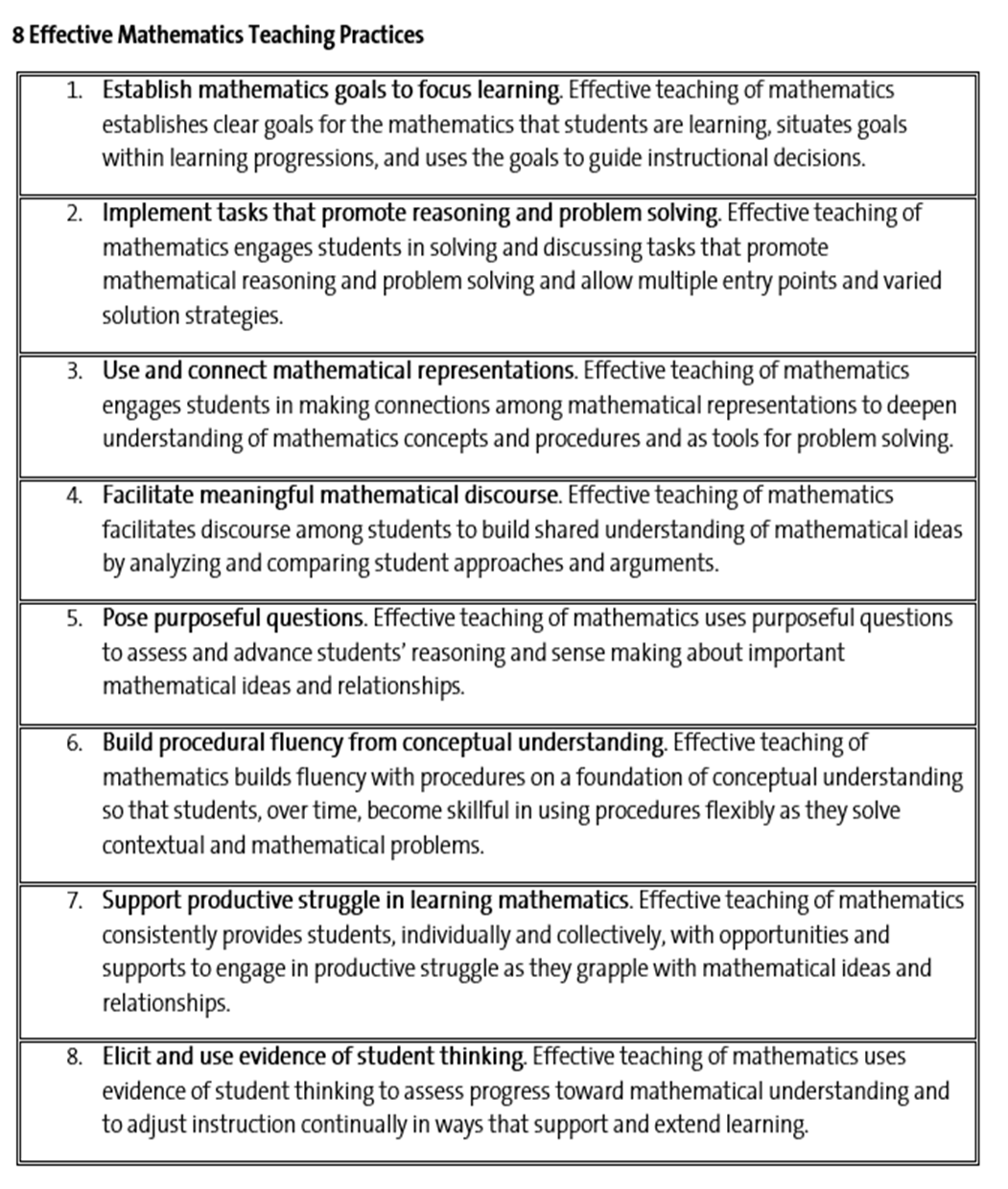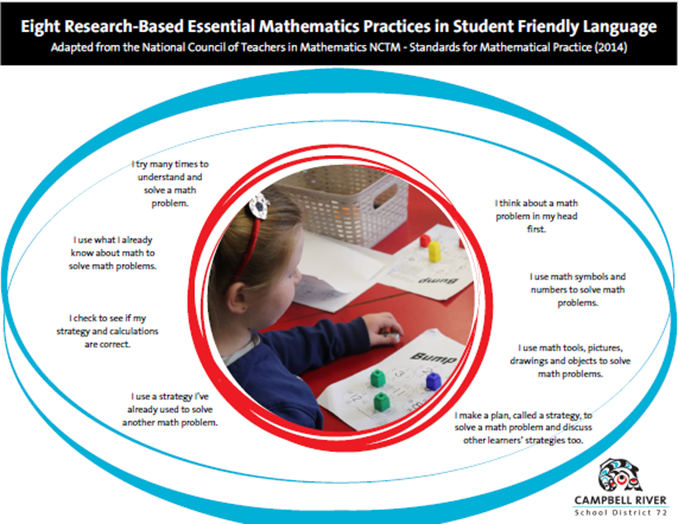II. Classroom Culture & Environment
Culturally Sustaining Pedagogy
Why is classroom culture and environment important in math class?
Classroom culture and environment shape students' perceptions of themselves as learners and how they engage with math. Math can often carry anxiety and fixed mindsets of ability; thus, cultivating an emotionally safe, inclusive, and affirming space enables students to take risks, embrace mistakes, persist through challenges tasks, become part of a math community and ultimately improve their mathematical numeracy.
A positive classroom culture supports self-awareness, self-management, social awareness, relationship skills, and responsible decision-making. In math, this translates into students feeling confident to explore mathematical thinking, collaborate with peers, and build resilience when tasks become difficult. When students feel seen, respected, and valued, they are more likely to engage deeply and authentically with numeracy learning.
Definitions:
|
|
Building Student Success Through Culturally Responsive Assessment
Culturally Responsive Assessment Infographic (4).pdf
Mathematical Habits of Mind
“Students who have developed a productive disposition are confident in their knowledge and ability. They see that mathematics is both reasonable and intelligible and believe that, with appropriate effort and experience, they can learn. It is counterproductive for students to believe that there is some mysterious ‘math gene’ that determines their success in mathematics. Hence, our view of mathematical proficiency goes beyond being able to understand, compute, solve, and reason. It includes a disposition toward mathematics that is personal. Mathematically proficient people believe that mathematics should make sense, that they can figure it out, that they can solve mathematical problems by working hard on them, and that becoming mathematically proficient is worth the effort.”
(National Research Council, 2001)
 |  |
 | Positive Classroom Norms (Jo Boaler) |
Growth Mindset
A healthy classroom culture encourages a growth mindset, promotes mathematical discourse, and engages students in collaborative problem-solving routines. Teachers in SD72 build supportive relationships with students and plan their instruction to include opportunities for rich questioning and formative feedback.
In the process of explicitly teaching math competencies and skills, teachers also define key terms, model effective strategies, provide exemplars, co-create rubrics. and provide multiple opportunities to practice and self-assess.
| Resource Description | Link to Resource | |
| 1. | Guide to creating a robust mathematical learning environment | The Third Teacher |
| 2. | Eight research-based essential mathematics practices in student friendly language | Numeracy Practices Student Centered Language |
| 3. | 8 Effective Math Teaching Practices - Published in a report from the NCTM | Eight Effective Mathematics Teaching Practices |
| 4. | Self-assessment templates connected to the BC Core Competencies | SEL Self-Assessments |
| 5. | 8 Habits of Successful Math Learners Adapted from Necessary Conditions by Geoff Krall | How to BE a Math Person |
| 6. | Table connecting the 4 pillars of the BC Math curriculum K-9 and Social Emotional Learning | Integrating SEL and Math Competencies |
| 7. | 1-page (PDF) outline of the BC Core Competencies with descriptors | BC Core Competencies |
| 8. | Mathematical mindset journal templates (Jo Boaler) | Mindset Journal |




